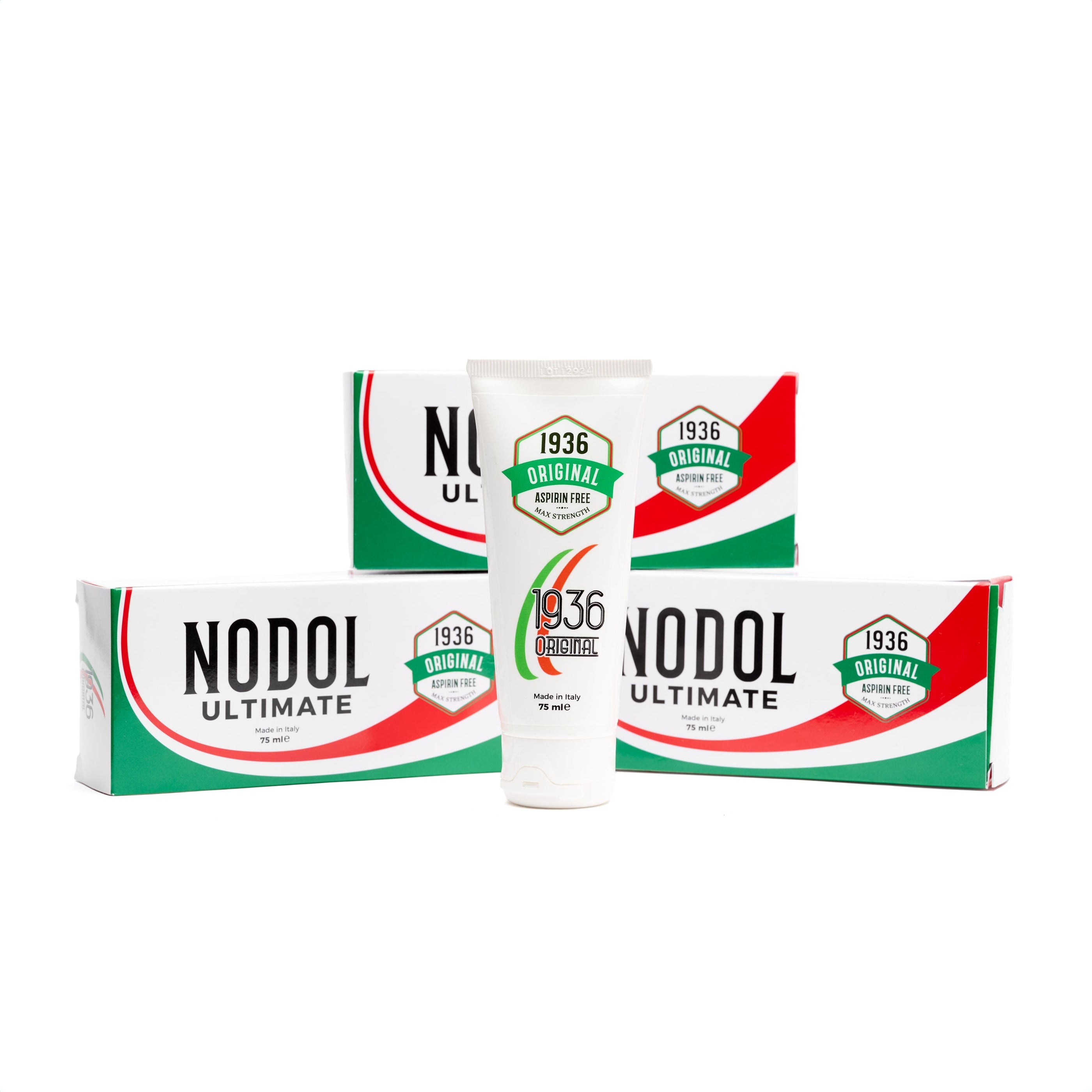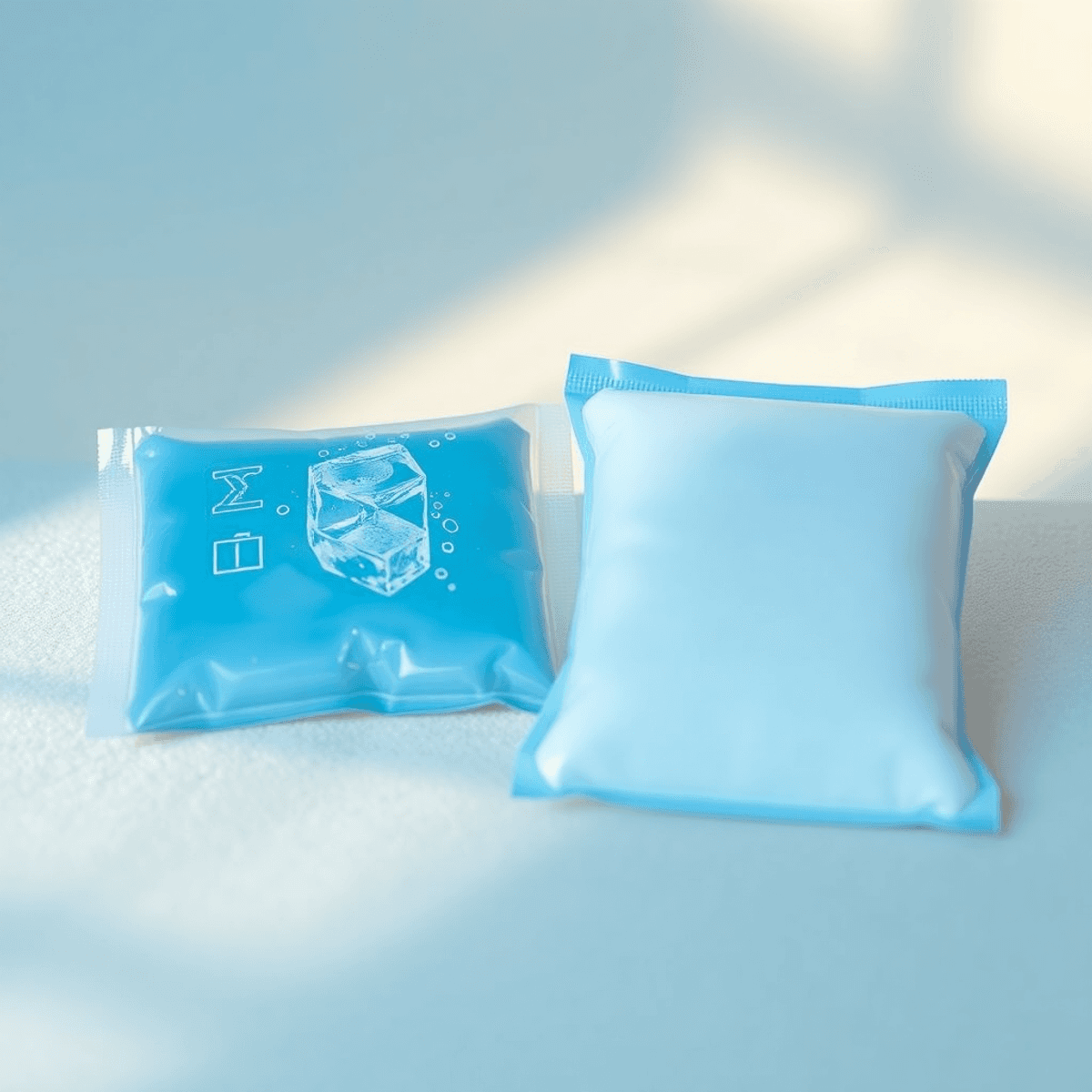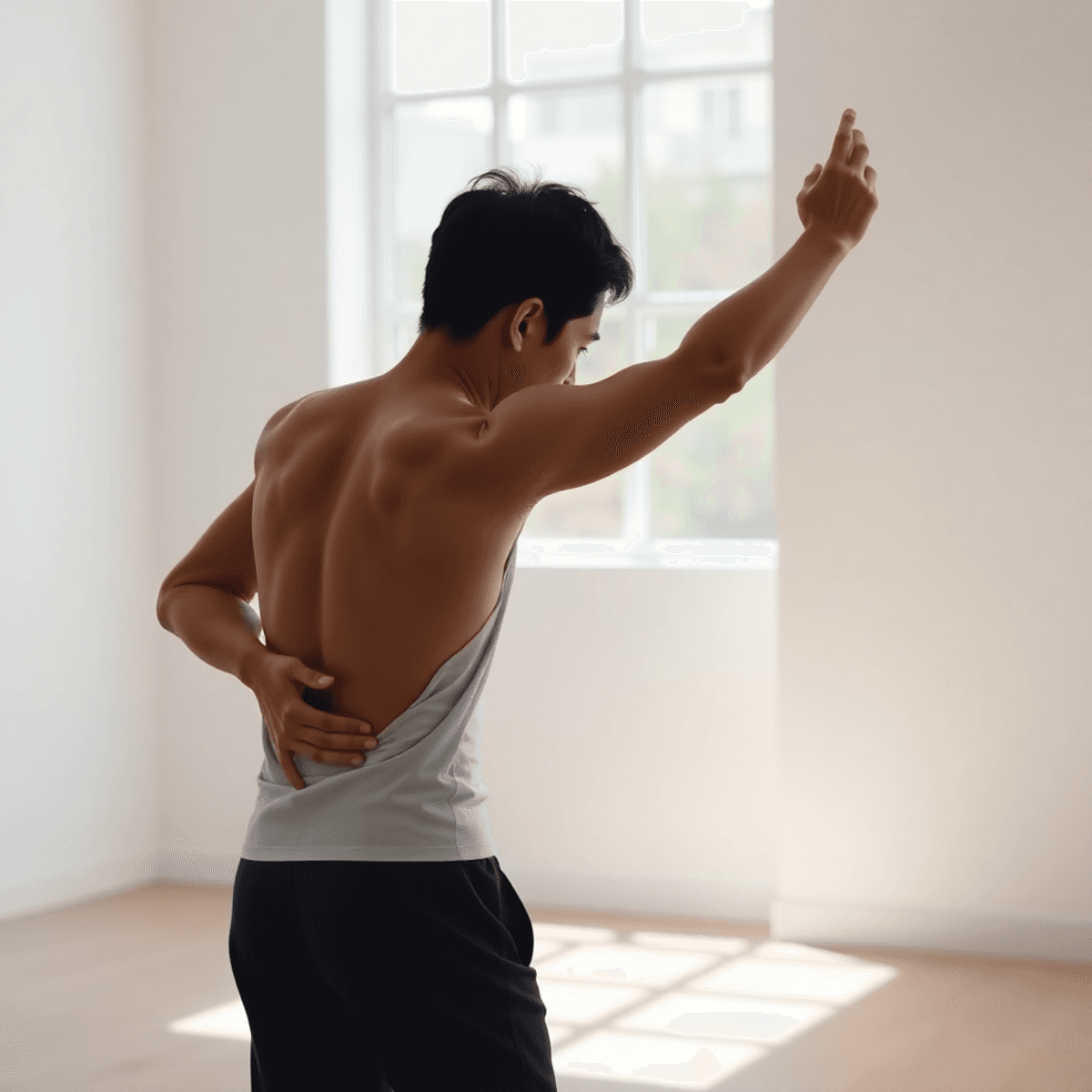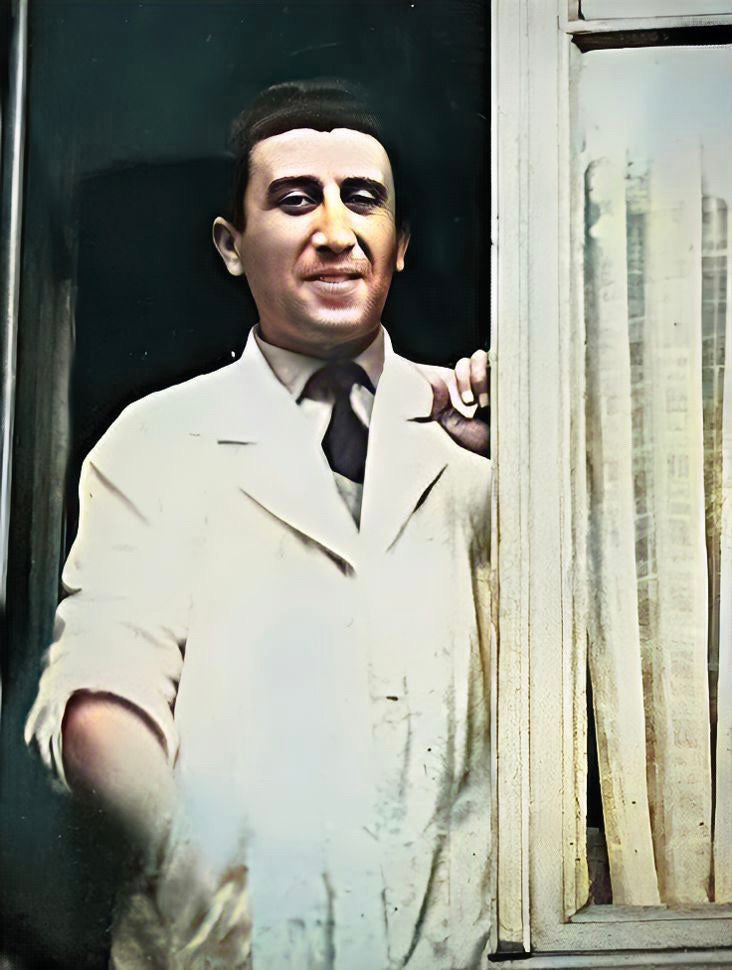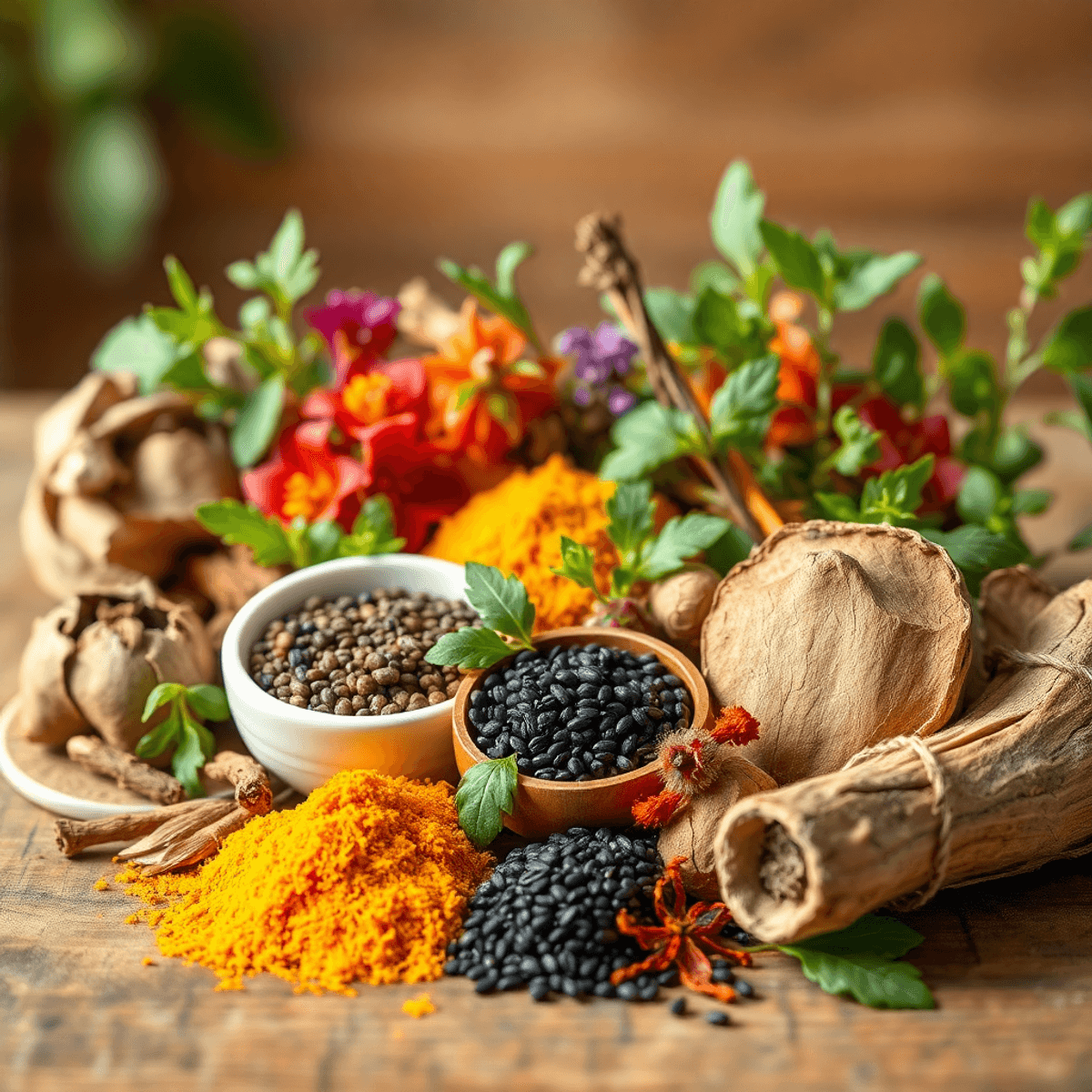The Ultimate Guide to Treating Muscle-Related Sports Injuries

Introduction
Muscle injuries are common among athletes and fitness enthusiasts. These injuries, which can range from mild strains to severe tears, can disrupt training and performance. It's important for athletes to understand how to treat muscle injuries in order to stay at their best.
Sports medicine provides valuable information on how to treat and prevent these injuries. By focusing on effective recovery methods and taking proactive steps, individuals can reduce downtime and lower the risk of future injuries. This not only helps with faster healing but also promotes long-term health and well-being for athletes. By following these strategies, you can stay active and avoid recurring muscle problems.
Understanding Muscle-Related Injuries
Muscle-related injuries are common in sports and physical activities, affecting both athletes and exercise enthusiasts. It's important to understand the different types of these injuries for better management and prevention.
1. Muscle Strains
Muscle strains occur when muscles or tendons are overstretched or torn, often due to sudden movements or applying too much force. This injury is commonly seen in sprinters and weightlifters, and it can greatly impact performance by reducing strength and flexibility.
2. Sprains
Sprains, on the other hand, affect ligaments—tough bands that connect bones at joints. Ligaments are stretched or torn during twisting or impact injuries, resulting in sprains. This type of injury can cause instability in joints, making it difficult for athletes to perform dynamic movements.
3. Tendonitis
Tendonitis is caused by repetitive motions or overuse, leading to inflammation of the tendons. Athletes involved in activities like running or swimming often experience this condition. Persistent pain from tendonitis can hinder training efforts and decrease overall athletic performance.
4. Contusions
Contusions occur when there is a direct blow to the muscle, resulting in bruising and pain. Although less severe than other injuries, contusions can still restrict an athlete's mobility and comfort during competition.
These injuries not only affect physical abilities but also mental well-being. They may limit participation in sports and activities, leading to a decline in an athlete's confidence and motivation. Understanding the causes and effects of muscle-related injuries is essential for developing effective treatment and prevention strategies.
Recognising Symptoms for Timely Treatment
Identifying the signs of muscle-related injuries early on is crucial for effective management and recovery. Common symptoms to look out for include:
- Pain and Tenderness: Persistent discomfort in the affected area.
- Swelling: Often accompanied by visible bruising or redness.
- Reduced Range of Motion: Difficulty moving the injured part as freely as before.
- Stiffness or Weakness: A noticeable decrease in strength or flexibility.
Recognising these symptoms promptly allows you to seek appropriate treatment, such as specific strategies for a pulled muscle. Early intervention can prevent further damage and accelerate healing. Neglecting these signs might lead to prolonged recovery times and potentially more severe complications. Understanding these symptoms is your first step towards effective care and quicker return to your normal activities.
Initial Treatment Strategies for Muscle Injuries
Managing a muscle injury effectively begins with the RICE protocol, a cornerstone approach widely recommended in treating muscle-related sports or exercise injuries. This method is essential in alleviating pain and minimising swelling.
RICE Method:
- Rest: Crucial for preventing further damage. Refrain from activities that exacerbate the injury, allowing your body to initiate healing.
- Ice: Applying ice packs can significantly reduce inflammation and numb pain. Aim for 15-20 minutes of application every few hours during the first 48 hours after injury.
- Compression: Elastic bandages serve to minimise swelling by applying gentle pressure on the affected area. Ensure the bandage is snug but not overly tight to maintain proper circulation.
- Elevation: Keeping the injured limb raised above heart level aids in decreasing swelling through improved blood flow and lymphatic drainage.
Understanding and implementing these steps promptly can set the foundation for a successful recovery, reducing downtime and facilitating a smoother transition to subsequent rehabilitation efforts.
Over-the-counter treatments for Pain Relief
Non-steroidal anti-inflammatory drugs (NSAIDs) play a crucial role in managing pain during the initial stages of a muscle injury. These medications, including ibuprofen and naproxen, are commonly used for their ability to reduce inflammation and provide relief from discomfort. They work by blocking the production of certain chemicals in the body that contribute to inflammation and pain.
- Ibuprofen (Advil, Motrin): Effective in reducing mild to moderate pain and swelling.
- Naproxen (Aleve): Offers longer-lasting relief with a reduced dosage frequency.
Always consult with a healthcare professional before starting any medication, especially if you have pre-existing conditions or are taking other medications.
Specific Treatments for Common Muscle Injuries in Athletes
Calf Strain Treatment: A Comprehensive Approach to Recovery
A calf strain can significantly impact your mobility, making effective treatment essential for a fast recovery. Here's how you can address this common injury:
1. Rest
Giving your calf muscles time to heal is crucial. Avoid activities that put stress on the lower leg to prevent further damage.
2. Rehabilitation Exercises
Once the acute pain subsides, incorporating specific exercises can help restore strength and flexibility. These may include:
- Gentle stretching: Enhance flexibility without overstraining the muscle.
- Strength-building activities: Gradually introduce resistance exercises such as calf raises to rebuild muscle strength.
3. Gradual Return to Activity
Ease back into your usual routine to avoid re-injury. Pay attention to how your body responds and adjust activity levels accordingly.
Applying these strategies can accelerate healing and reduce downtime, allowing you to return to your athletic endeavours more swiftly.
Groin Strain Treatment: Understanding the Injury and Finding Relief
Groin strains are common muscle-related sports injuries often resulting from sudden movements or overextension. These strains affect the adductor muscles of the inner thigh, leading to discomfort and limited mobility. Recognising the symptoms early—such as sharp pain, swelling, and bruising in the groin area—enables timely treatment.
Recommended Treatment Approaches:
- Rest: Essential for recovery, rest helps prevent further strain on the injured muscles. Avoid activities that exacerbate pain.
- Stretching Exercises: Gentle stretching can improve flexibility and promote healing. Start with light stretches, gradually increasing intensity as pain subsides.
- Strengthening Exercises: Once initial pain decreases, incorporate strengthening exercises to rebuild muscle strength and prevent future injuries. Focus on exercises targeting the hip and thigh muscles.
- Ice Therapy: Applying ice packs intermittently reduces swelling and alleviates pain.
- Compression and Elevation: Using compression garments and elevating the leg aids in reducing swelling.
Understanding different grades of hamstring injuries—ranging from minor tears to complete ruptures—can guide effective treatment strategies, ensuring a swift return to activity without re-injury risks.
Rehabilitation Techniques Tailored for Athletes' Needs
Physical Therapy: A Catalyst for Recovery
Physical therapy plays a critical role in helping athletes return to their sports after experiencing a muscle injury. By focusing on restoring strength, flexibility, and functionality, physical therapy aids in reducing recovery time while minimising the risk of re-injury. It is not just about healing the injured area but also optimising overall athletic performance.
Rehabilitation Methods to Enhance Performance
- Functional Exercises
- These exercises mimic the specific movements required in an athlete's sport. They help in rebuilding the muscle memory and coordination necessary for peak performance.
- Strengthening Programs
- Targeted strengthening exercises are designed to restore muscle power and prevent future injuries. These programs often include resistance training tailored to the athlete’s needs.
- Flexibility Training
- Incorporating stretching routines helps improve range of motion and reduces stiffness, which is crucial for athletes who rely on agility and speed.
- Balance and Proprioception Drills
- Enhancing balance through specific drills can aid in stabilising the body during dynamic movements, decreasing the likelihood of unexpected strains or sprains.
- Aquatic Therapy
- Utilising water-based exercises provides resistance with minimal joint impact, making it an effective technique for early-stage rehabilitation.
These methods, when implemented under professional guidance, can significantly contribute to a successful return to sports activities.
Preventive Measures: Safeguarding Against Muscle Injuries in Sports
Adopting preventive measures is crucial for athletes and exercise enthusiasts to minimise the risk of muscle injuries. Incorporating proper warm-up exercises before engaging in physical activities is essential. These exercises prepare your muscles for exertion, enhancing flexibility and reducing the likelihood of strains or sprains. Dynamic stretches, such as leg swings and arm circles, effectively increase blood flow to the muscles.
Equally important are cool-down routines post-exercise. These routines help gradually lower heart rates and prevent stiffness by easing muscle tension. Static stretching, focusing on major muscle groups used during activity, can aid in recovery and reduce soreness.
Treating muscle-related sports or exercise injuries begins with prevention. In addition to warm-ups and cool-downs, maintaining good hydration and nutrition supports overall muscle health. Using correct techniques and equipment further reduces injury risk, ensuring a safe and healthy athletic experience.
FAQs (Frequently Asked Questions)
What are the common types of muscle-related injuries in sports?
Common types of muscle-related injuries include muscle strains, sprains, tendonitis, and contusions. Muscle strains occur when muscles or tendons are overstretched, while sprains affect ligaments. Tendonitis is caused by repetitive motions or overuse, and contusions result from a direct blow to the muscle.
How can I recognise the symptoms of a muscle-related injury?
Identifying the signs of muscle-related injuries early on is crucial for timely treatment. Symptoms may include pain, swelling, bruising, limited range of motion, and tenderness in the affected area.
What is the RICE method for treating muscle injuries?
The RICE method stands for Rest, Ice, Compression, and Elevation. Rest is essential to prevent further damage; ice helps reduce swelling; compression provides support; and elevation minimises swelling by keeping the injured area raised above heart level.
What over-the-counter treatments can help relieve pain from muscle injuries?
Non-steroidal anti-inflammatory drugs (NSAIDs) play a crucial role in managing pain and inflammation associated with muscle injuries. Common options include ibuprofen and naproxen.
What specific treatments are recommended for a calf strain?
For a calf strain, it is important to rest the affected muscles to allow healing. Rehabilitation exercises should be incorporated once acute pain subsides, followed by a gradual return to activity to avoid re-injury.
How can athletes prevent muscle injuries during sports activities?
Adopting preventive measures such as proper warm-up routines, strength training, flexibility exercises, and using appropriate equipment are crucial for safeguarding against muscle injuries in sports.



